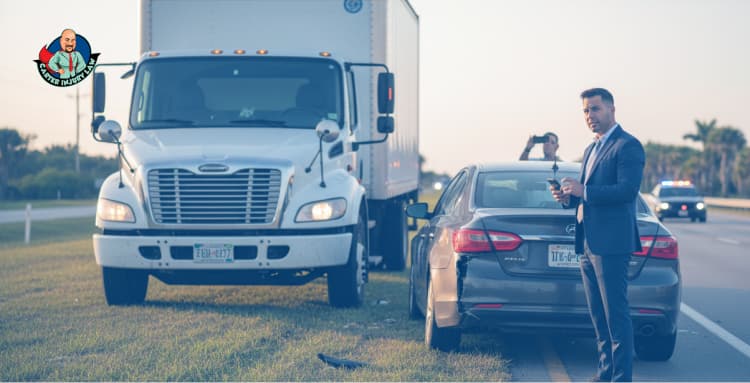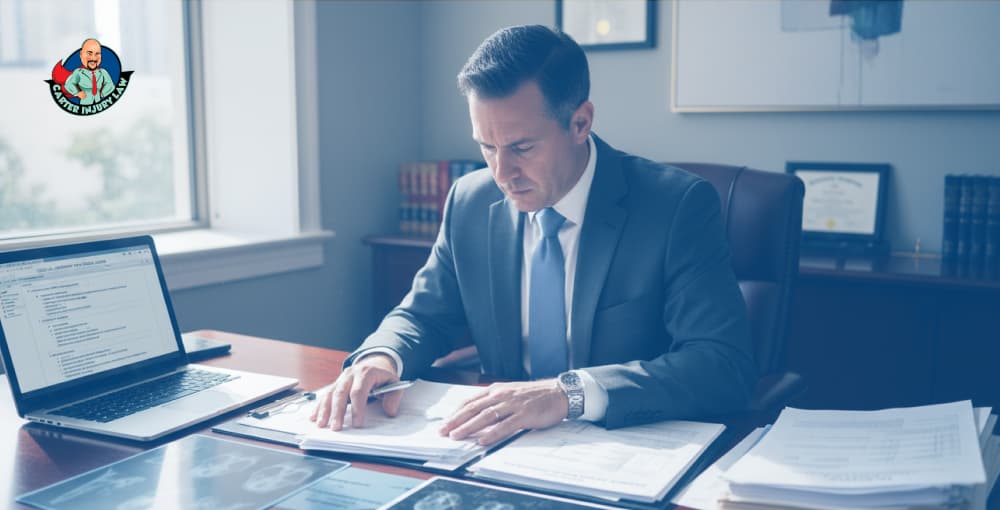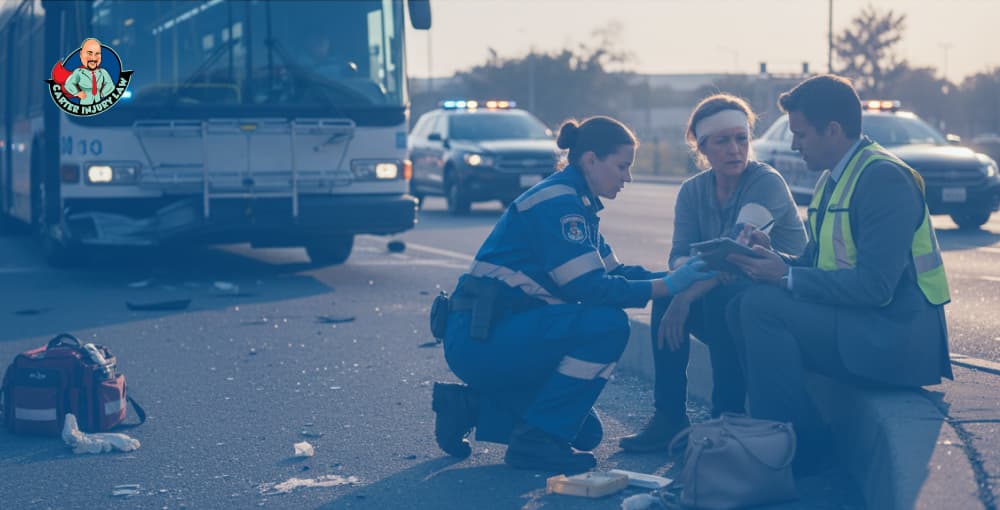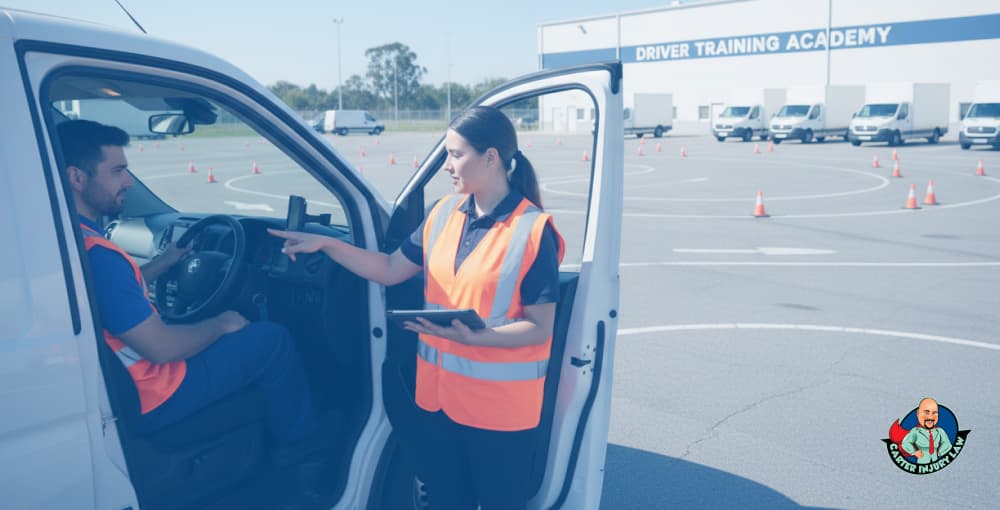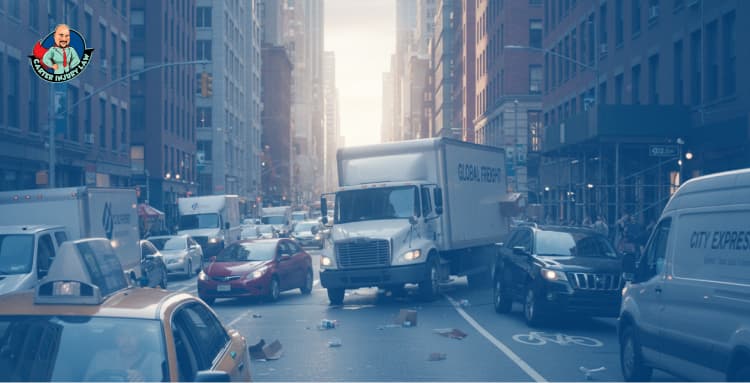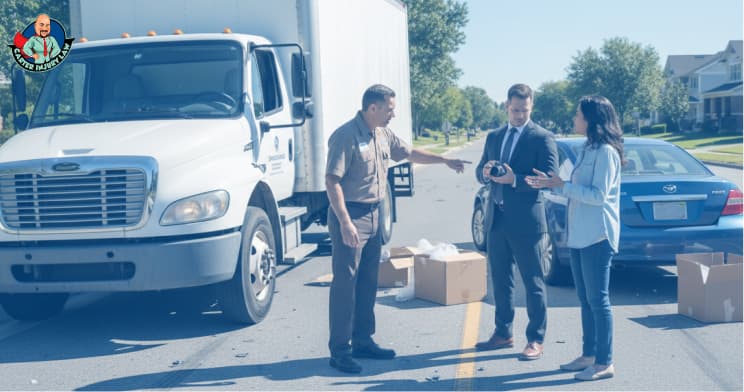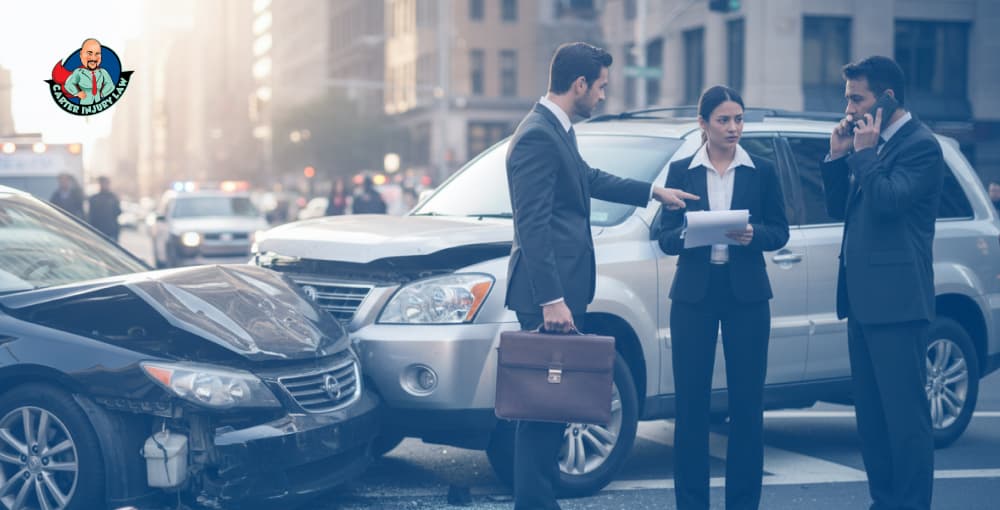In Florida, the sun never apologizes. It spills across the pavement without care, blinding drivers, throwing shadows across cyclists who cling to their lane as if it were a fragile thread. Riding a bicycle here is not only exercise, it is a wager with chance. One careless turn, one unseen door swinging open, and a life can be split in two.
After the dust settles, there are questions. Who was at fault, who looked away, who sped up instead of slowing down. Memory becomes unreliable, witnesses falter, and the police report feels thin against the weight of injury.
But sometimes there is another voice in the room, small and unflinching, a lens that saw everything. The helmet camera strapped to a rider’s head, the dashcam humming silently in a nearby car. These machines do not forget. The question is, when the video begins to play, whose story will it tell?
1) Why Evidence Matters in Florida Bicycle Accidents
The aftermath of a bicycle crash is not a clean equation. It is confusion, police reports written in haste, drivers shifting blame, and cyclists left to fight through pain while their side of the story is doubted. In Florida the law of comparative negligence means responsibility can be divided like a pie, and the size of your slice decides how much compensation you actually receive. Even being found just 20 percent at fault can reduce your recovery by the same amount. Evidence does not just matter, it decides whether your truth is believed.
Numbers remind us of the scale. In 2021 Florida recorded 6,396 bicycle crashes, leading to 182 cyclist deaths, according to the Florida Department of Highway Safety and Motor Vehicles. The state consistently ranks among the deadliest for cyclists in the United States, a grim reminder that riding here is not only about fitness or leisure, it is survival.
Insurance companies know these statistics, and they know how fragile memory can be. They exploit uncertainty, pushing narratives that minimize liability. A helmet camera or dashcam, however, has no reason to lie. When a case hinges on seconds of hesitation or inches of road space, video footage can silence the arguments that otherwise drown the victim.
2) The Power of Helmet Cameras
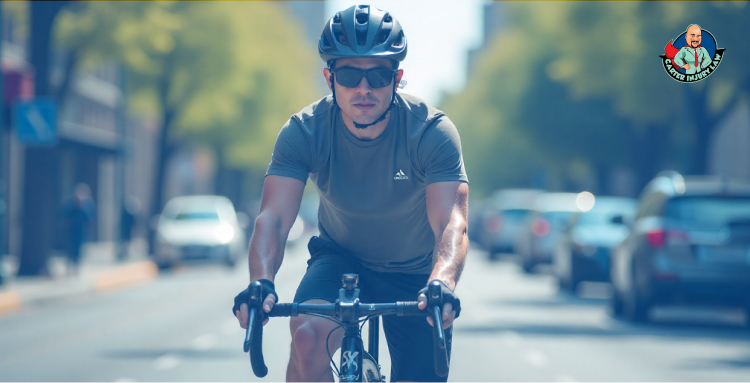
A helmet camera is not just a gadget, it is the rider’s second set of eyes. It does not blink when the car swerves too close, it does not forget the traffic light that flickered red, it does not soften the truth to make anyone comfortable. In the silence after a crash, it becomes the voice of the cyclist who may no longer be able to speak.
Helmet cameras capture more than motion, they capture perspective. They show the world from the rider’s view, where the handlebars tremble at sudden brakes and where the horizon collapses when a collision occurs. Courts and juries trust what they see more than what they hear, and a helmet camera gives them no space for imagination.
What helmet cameras reveal:
The cyclist’s speed, lane position, and signaling before impact.
The behavior of nearby vehicles, including swerves, sudden stops, or aggressive overtakes.
Environmental conditions such as road debris, potholes, or blocked bike lanes.
The split-second decisions that define responsibility, the choice between braking or steering away.
When reviewed frame by frame, this footage can transform a case. What was once an argument of words becomes a story told by light and shadow, impossible to ignore.
3) Dashcams from Other Vehicles
Not every cyclist rides with a camera. Sometimes the truth lies in the hands of strangers who never meant to record it. Dashcams on windshields of cars, buses, or rideshares often capture what no one else notices. They become uninvited witnesses, offering a different angle, one that fills the gaps left by memory and chaos.
The challenge is that these recordings are not always volunteered. They must be tracked down, preserved before they are deleted and sometimes subpoenaed if owners hesitate. The footage, once secured, can act like a second narrator, confirming what the cyclist’s own helmet camera might show or revealing a detail missed in the blur of panic.
What dashcams can provide:
A wider view of the accident, showing both cyclist and driver in context.
Vehicle speed and positioning leading up to the crash.
Traffic light status, lane changes, and cross-traffic behavior.
Independent confirmation of the timeline, strengthening the credibility of the victim’s account.
When multiple dashcams are gathered, the narrative becomes stronger. Footage from different vehicles can be stitched together like a patchwork, each clip filling a blind spot of the other. What begins as fragments turns into a complete story, one that stands taller against the denials of insurance adjusters and opposing counsel.
4) Legal Challenges With Camera Evidence
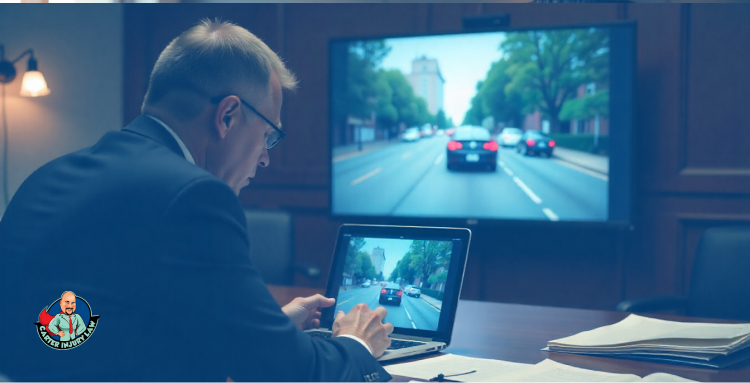
Video evidence may look decisive, but the law is rarely so simple. In Florida, even a clear recording must pass through the filters of admissibility and interpretation. Judges weigh whether the footage is authentic, relevant, and free from tampering. What feels like undeniable proof to a victim can still be challenged, slowed down frame by frame until doubt creeps in.
Privacy questions linger too. Roads are public, but faces and voices are not always meant for the courtroom. Defense attorneys may argue that footage violates privacy rights or fails to capture the full context. However, you have your legal options after a bicycle accident. The camera shows what it sees, but it cannot explain the why behind every movement.
Common obstacles with camera evidence:
Admissibility: Courts must confirm the video has not been altered.
Technical flaws: Blurry images, missing audio, or abrupt starts and stops can weaken impact.
Chain of custody: If the footage is not properly preserved, its credibility can be questioned.
Partial perspectives: A single angle may create as many questions as it answers.
These challenges do not erase the value of cameras, but they remind us that evidence is only as strong as the hands presenting it. A video without context risks being dismissed, its clarity lost in a tangle of legal objections. Even when the camera sees the truth, will the courtroom believe it?
5) How Carter Injury Law Finds the Story Inside Camera Footage
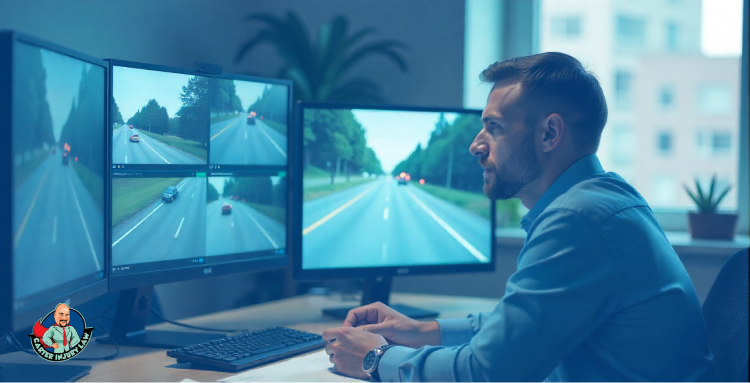
When we take on a case, our work with dashcam and helmet footage begins immediately. We do not wait for truth to vanish into a deleted file or an overwritten memory card. We pursue it, secure it, and prepare it to withstand the scrutiny of the courtroom.
We have seen juries change their faces as the video plays. Words that once felt uncertain are replaced by images that leave no room for denial. In those moments, the cyclist is no longer a victim begging to be believed but a person whose story is undeniable.
We work on a contingency fee basis. That means you pay nothing unless we win for you. We believe justice should not be rationed by wealth, and truth should not be silenced by those who can afford louder voices.
Our strategies include:
Securing and preserving dashcam and helmet camera footage before it is lost or erased.
Cross-referencing the video with police reports, medical records, and eyewitness statements.
Working with forensic video experts to clarify, enhance, and authenticate recordings.
Presenting footage in a way that speaks to juries, so they do not just watch, they feel.
Challenging opposing counsel when they attempt to distort or dismiss what the footage shows.
The lens of a camera can protect you, but only if it is placed in the right hands. Let us be those hands. Reach out today, and let us make certain that your story is not erased by doubt.




